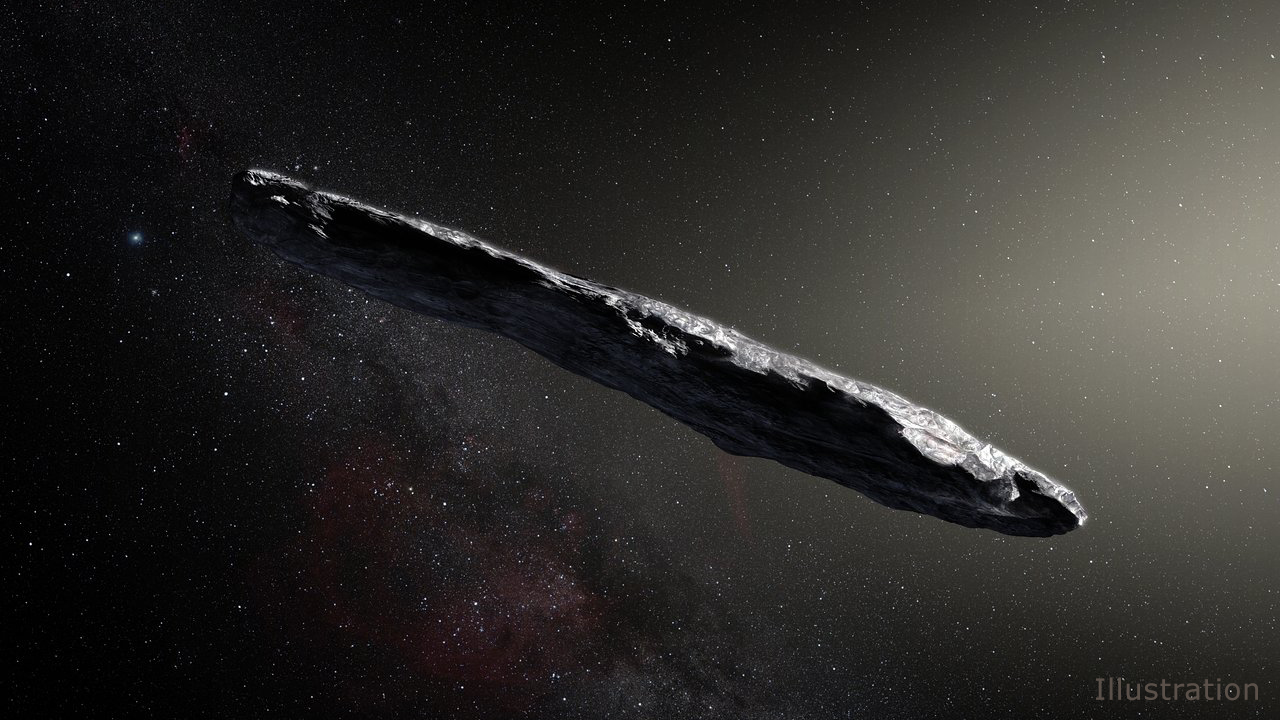
European Southern Observatory / M. Kornmesser
The first dark comet—a celestial object that looks like an asteroid but moves through space like a comet—was reported less than two years ago. Soon after, another six were found...
Read More

The first dark comet—a celestial object that looks like an asteroid but moves through space like a comet—was reported less than two years ago. Soon after, another six were found...
Read More

For the past 30 years, NASA’s Great Observatories—the Hubble, Spitzer, Compton, and Chandra space telescopes—have revealed some amazing things about the universe. In addition to some of the deepest views of the universe provided by the Hubble Deep Fields campaign, these telescopes have provided insight into the unseen parts of the cosmos—i.e., in the infrared, gamma-ray, and ultraviolet spectrums.
With the success of these observatories and the James Webb Space Telescope (JWST), NASA is contemplating future missions that would reveal even more of the “unseen universe.”
This includes the UltraViolet Explorer (UVEX), a space telescope NASA plans to launch in 2030 as its next Astrophysics Medium-Class Explorer mission...
Read More
Six years ago, NASA’s Dawn mission communicated with Earth for the last time, ending its exploration of Ceres and Vesta, the two largest bodies in the asteroid belt. Since then, Ceres —a water-rich dwarf planet showing signs of geological activity— has been at the center of intense debates about its origin and evolution.
Now, a study led by IAA-CSIC, using Dawn data and an innovative methodology, has identified 11 new regions suggesting the existence of an internal reservoir of organic materials in the dwarf planet. The results, published in The Planetary Science Journal, provide critical insights into the potential nature of this celestial body.
In 2017, the Dawn spacecraft detected organic compounds near the Ernutet crater in Ceres’ northern hemisphere, sparking discussion...
Read More
Recent Comments